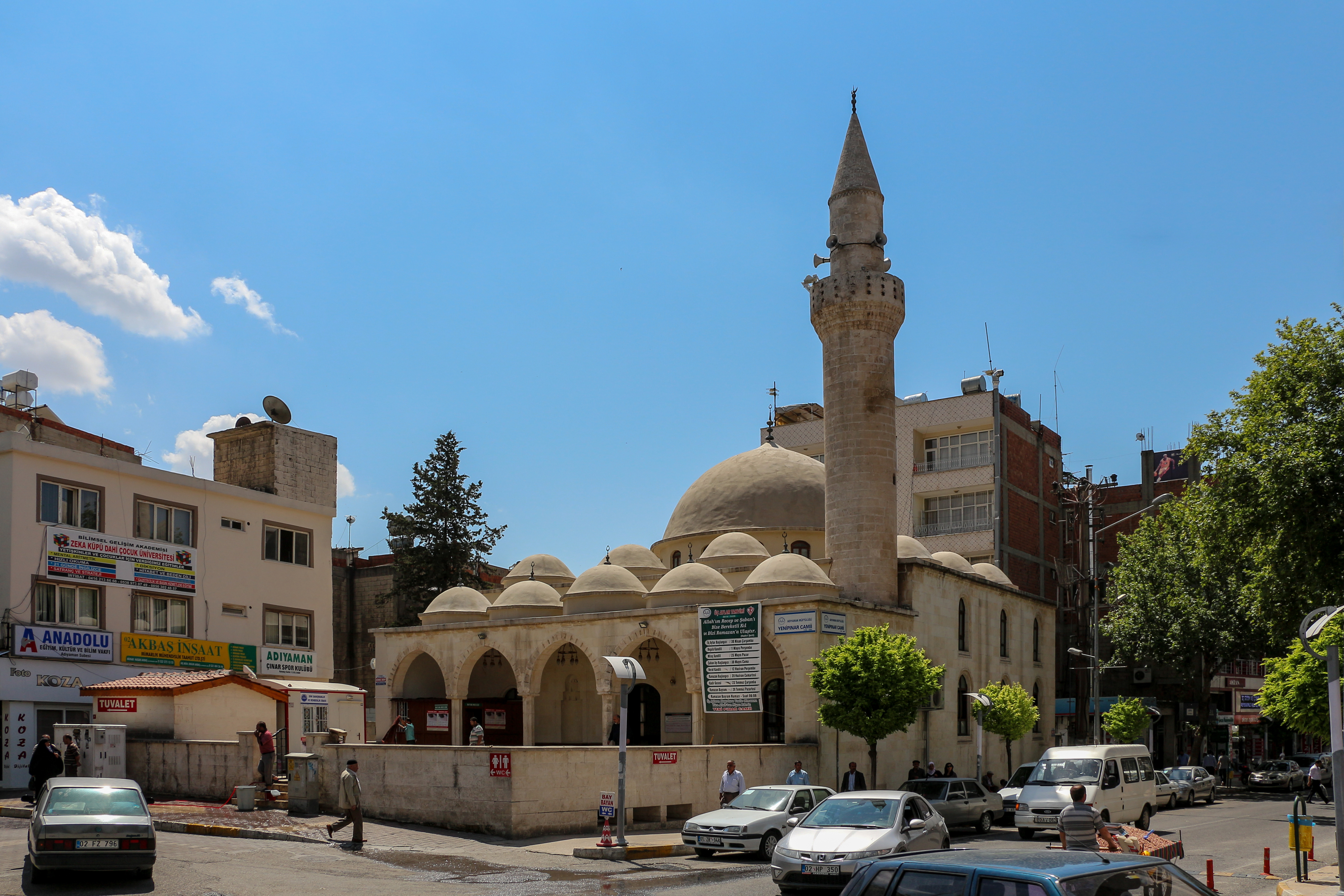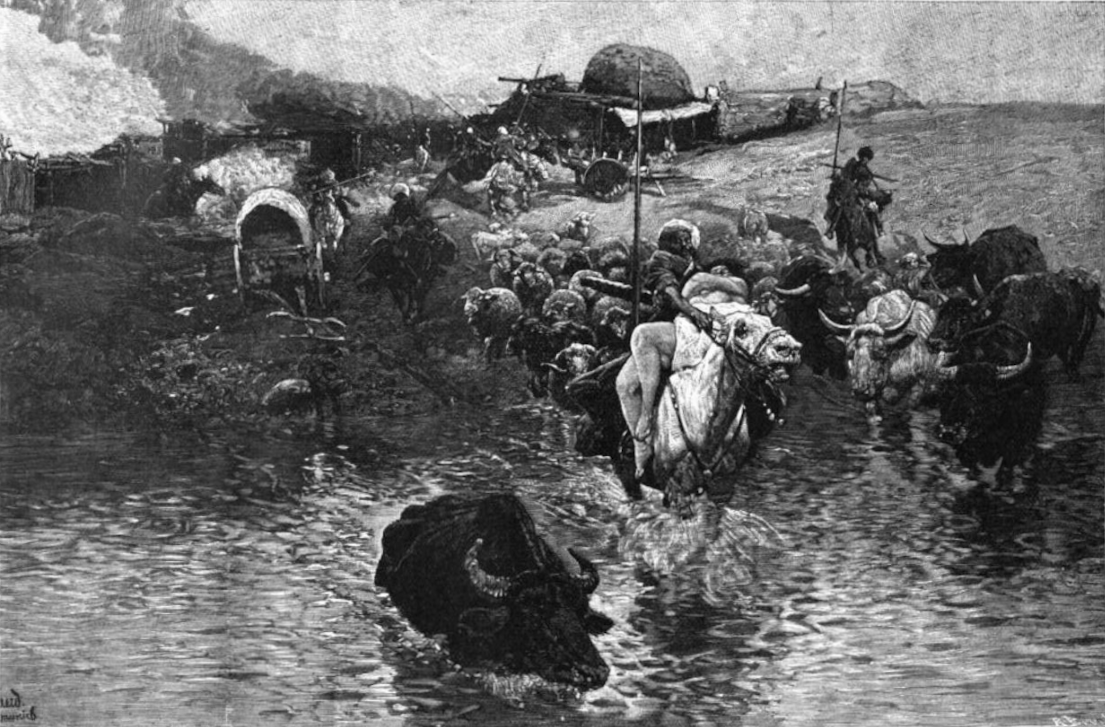|
Malatia Dialect
The Malatia dialect was traditionally spoken in the city of Malatya and nearby villages, extending as far south as Hüsni Mansur (modern Adıyaman). This region formed part of the broader Armenian-speaking world in Anatolia, where distinct local dialects developed over centuries. Unlike areas farther north or west, the Malatya region marked the southern linguistic boundary of Armenian, beyond which Armenian ceased to be spoken. By the late 19th and early 20th centuries, the use of Armenian in Malatya began to decline due to displacement, assimilation, and the Armenian Genocide The Armenian genocide was the systematic destruction of the Armenians, Armenian people and identity in the Ottoman Empire during World War I. Spearheaded by the ruling Committee of Union and Progress (CUP), it was implemented primarily t ... of 1915. Phonetic Features The Malatya dialect is characterized by unique sound changes that set it apart from both neighboring and standard dialects of Arm ... [...More Info...] [...Related Items...] OR: [Wikipedia] [Google] [Baidu] |
Turkey
Turkey, officially the Republic of Türkiye, is a country mainly located in Anatolia in West Asia, with a relatively small part called East Thrace in Southeast Europe. It borders the Black Sea to the north; Georgia (country), Georgia, Armenia, Azerbaijan, and Iran to the east; Iraq, Syria, and the Mediterranean Sea to the south; and the Aegean Sea, Greece, and Bulgaria to the west. Turkey is home to over 85 million people; most are ethnic Turkish people, Turks, while ethnic Kurds in Turkey, Kurds are the Minorities in Turkey, largest ethnic minority. Officially Secularism in Turkey, a secular state, Turkey has Islam in Turkey, a Muslim-majority population. Ankara is Turkey's capital and second-largest city. Istanbul is its largest city and economic center. Other major cities include İzmir, Bursa, and Antalya. First inhabited by modern humans during the Late Paleolithic, present-day Turkey was home to List of ancient peoples of Anatolia, various ancient peoples. The Hattians ... [...More Info...] [...Related Items...] OR: [Wikipedia] [Google] [Baidu] |
Malatya
Malatya (; ; Syriac language, Syriac ܡܠܝܛܝܢܐ Malīṭīná; ; Ancient Greek: Μελιτηνή) is a city in the Eastern Anatolia region of Turkey and the capital of Malatya Province. The city has been a human settlement for thousands of years. In Hittite language, Hittite, ''melid'' or ''milit'' means "honey", offering a possible etymology for the name, which was mentioned in the contemporary sources of the time under several variations (e.g., Hittite language, Hittite: ''Malidiya''Melid " ''Reallexikon der Assyriologie.'' Accessed 12 December 2010. and possibly also ''Midduwa''; Akkadian language, Akkadian: Meliddu;Hawkins, John D. ''Corpus of Hieroglyphic Luwian Inscriptions. Vol. 1: Inscriptions of the Iron Age.'' Walter de Gruyter, 2000. Urartian language, Urar̩tian: Meliṭeia [...More Info...] [...Related Items...] OR: [Wikipedia] [Google] [Baidu] |
Armenians
Armenians (, ) are an ethnic group indigenous to the Armenian highlands of West Asia.Robert Hewsen, Hewsen, Robert H. "The Geography of Armenia" in ''The Armenian People From Ancient to Modern Times Volume I: The Dynastic Periods: From Antiquity to the Fourteenth Century''. Richard G. Hovannisian (ed.) New York: St. Martin's Press, 1997, pp. 1–17 Armenians constitute the main demographic group in Armenia and constituted the main population of the breakaway Republic of Artsakh until their Flight of Nagorno-Karabakh Armenians, subsequent flight due to the 2023 Azerbaijani offensive in Nagorno-Karabakh, 2023 Azerbaijani offensive. There is a large Armenian diaspora, diaspora of around five million people of Armenian ancestry living outside the Republic of Armenia. The largest Armenian populations exist in Armenians in Russia, Russia, the Armenian Americans, United States, Armenians in France, France, Armenians in Georgia, Georgia, Iranian Armenians, Iran, Armenians in Germany, ... [...More Info...] [...Related Items...] OR: [Wikipedia] [Google] [Baidu] |
Armenian Language
Armenian (endonym: , , ) is an Indo-European languages, Indo-European language and the sole member of the independent branch of the Armenian language family. It is the native language of the Armenians, Armenian people and the official language of Armenia. Historically spoken in the Armenian highlands, today Armenian is also widely spoken throughout the Armenian diaspora. Armenian is written in its own writing system, the Armenian alphabet, introduced in 405 AD by Saint Mesrop Mashtots. The estimated number of Armenian speakers worldwide is between five and seven million. History Classification and origins Armenian is an independent branch of the Indo-European languages. It is of interest to linguists for its distinctive phonological changes within that family. Armenian exhibits Centum and satem languages, more satemization than centumization, although it is not classified as belonging to either of these subgroups. Some linguists tentatively conclude that Armenian, Greek ... [...More Info...] [...Related Items...] OR: [Wikipedia] [Google] [Baidu] |
Western Armenian
Western Armenian ( ) is one of the two standardized forms of Modern Armenian, the other being Eastern Armenian. It is based mainly on the Istanbul Armenian dialect, as opposed to Eastern Armenian, which is mainly based on the Yerevan Armenian dialect. Until the early 20th century, various Western Armenian dialects were spoken in the Ottoman Empire, predominantly in the historically Armenian populated regions of Western Armenia. The dialectal varieties of Western Armenian currently in use include Homshetsi, spoken by the Hemshin peoples; the dialects of Armenians in Kessab, Latakia and Jisr al-Shughur in Syria, Anjar in Lebanon, and Istanbul and Vakıflı, in Turkey (part of the "Sueidia" dialect). The Sasun and Mush dialects are also spoken in modern-day Armenian villages such as Bazmaberd and Sasnashen. The Cilician dialect is also spoken in Cyprus, where it is taught in Armenian schools (Nareg), and is the first language of about 3,000 people of Armenian descent ... [...More Info...] [...Related Items...] OR: [Wikipedia] [Google] [Baidu] |
Armenian Alphabet
The Armenian alphabet (, or , ) or, more broadly, the Armenian script, is an alphabetic writing system developed for Armenian and occasionally used to write other languages. It is one of the three historical alphabets of the South Caucasus. It was developed around 405 AD by Mesrop Mashtots, an Armenian linguist and ecclesiastical leader. The script originally had 36 letters. Eventually, two more were adopted in the 13th century. In reformed Armenian orthography (1920s), the ligature is also treated as a letter, bringing the total number of letters to 39. The Armenian word for 'alphabet' is ('), named after the first two letters of the Armenian alphabet: ' and '. Armenian is written horizontally, left to right. History and development Possible antecedents One of the classical accounts of the existence of an Armenian alphabet before Mesrop Mashtots comes from Philo of Alexandria (20 BCAD 50), who in his writings notes that the work of the Greek philosoph ... [...More Info...] [...Related Items...] OR: [Wikipedia] [Google] [Baidu] |
Adıyaman
Adıyaman () is a city in southeastern Turkey. It is the administrative centre of Adıyaman Province and Adıyaman District. Its population is 267,131 (2021). The inhabitants of the city are mostly Turkish and Kurdish. The city was one of the worst affected by the February 2023 Turkey-Syria earthquakes. Many buildings were destroyed and many lives lost in part because bad weather and damage to the transport infrastructure delayed the arrival of rescue teams. Etymology An unverified theory is that the former name of the city, ''Hisn-Mansur'' derives from the name of the Umayyad Emir Mansur ibn Jawana who was killed by the Abbasid Caliph Al-Mansur in this region in 758. Because of the difficulty among the locals in pronouncing ''Hisn-Mansur,'' the corruption ''Semsur'' emerged. Various unverifiable theories exist for the name. History The first settlement on the site of the city was the ancient town of Perrhe, part of the kingdom of Commagene before it became part of the ... [...More Info...] [...Related Items...] OR: [Wikipedia] [Google] [Baidu] |
Anatolia
Anatolia (), also known as Asia Minor, is a peninsula in West Asia that makes up the majority of the land area of Turkey. It is the westernmost protrusion of Asia and is geographically bounded by the Mediterranean Sea to the south, the Aegean Sea to the west, the Turkish Straits to the northwest, and the Black Sea to the north. The eastern and southeastern limits have been expanded either to the entirety of Asiatic Turkey or to an imprecise line from the Black Sea to the Gulf of Alexandretta. Topographically, the Sea of Marmara connects the Black Sea with the Aegean Sea through the Bosporus and the Dardanelles, and separates Anatolia from Thrace in Southeast Europe. During the Neolithic, Anatolia was an early centre for the development of farming after it originated in the adjacent Fertile Crescent. Beginning around 9,000 years ago, there was a major migration of Anatolian Neolithic Farmers into Neolithic Europe, Europe, with their descendants coming to dominate the continent a ... [...More Info...] [...Related Items...] OR: [Wikipedia] [Google] [Baidu] |
Armenian Genocide
The Armenian genocide was the systematic destruction of the Armenians, Armenian people and identity in the Ottoman Empire during World War I. Spearheaded by the ruling Committee of Union and Progress (CUP), it was implemented primarily through the mass murder of around one million Armenians during death marches to the Syrian Desert and the Forced conversion, forced Islamization of others, primarily women and children. Before World War I, Armenians occupied a somewhat protected, but subordinate, place in Ottoman society. Large-scale massacres of Armenians had occurred Hamidian massacres, in the 1890s and Adana massacre, 1909. The Ottoman Empire suffered a series of military defeats and territorial losses—especially during the 1912–1913 Balkan Wars—leading to fear among CUP leaders that the Armenians would seek independence. During their invasion of Caucasus campaign, Russian and Persian campaign (World War I), Persian territory in 1914, Special Organization (Ottoman ... [...More Info...] [...Related Items...] OR: [Wikipedia] [Google] [Baidu] |
Armenian Dialects
The Armenian language has two standardized forms: Western Armenian and Eastern Armenian. Before the Armenian genocide and other significant demographic changes that affected the Armenians, several dozen Armenian dialects existed in the areas historically populated by them. Classification by Hrachia Acharian ''Classification des dialectes arméniens'' (''Classification of Armenian dialects'') is a 1909 book by the Armenian linguist Hrachia Acharian, published in Paris. It is Acharian's translation into French of his original wor''Hay Barbaṙagitutʿiwn''("Armenian Dialectology") that was later published as a book in 1911 in Moscow and New Nakhichevan. The French translation lacks dialectal examples. An English translation was published in 2024. Acharian surveyed the Armenian dialects in what is now Turkey, Armenia, Georgia, Iran, Azerbaijan and other countries settled by Armenians. Unlike the traditional division of Armenian into two dialect groups (Western Armenian and Eastern ... [...More Info...] [...Related Items...] OR: [Wikipedia] [Google] [Baidu] |







